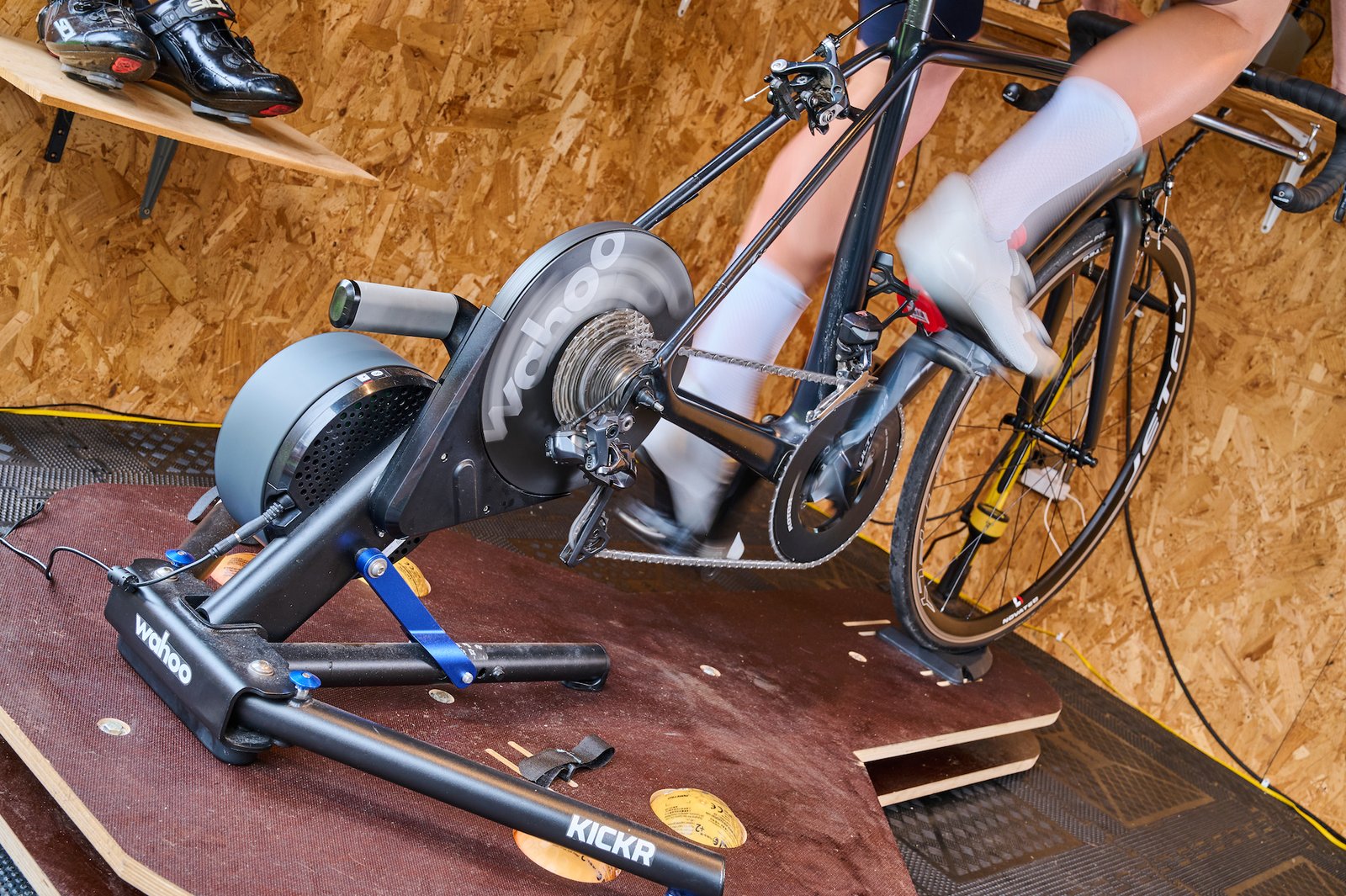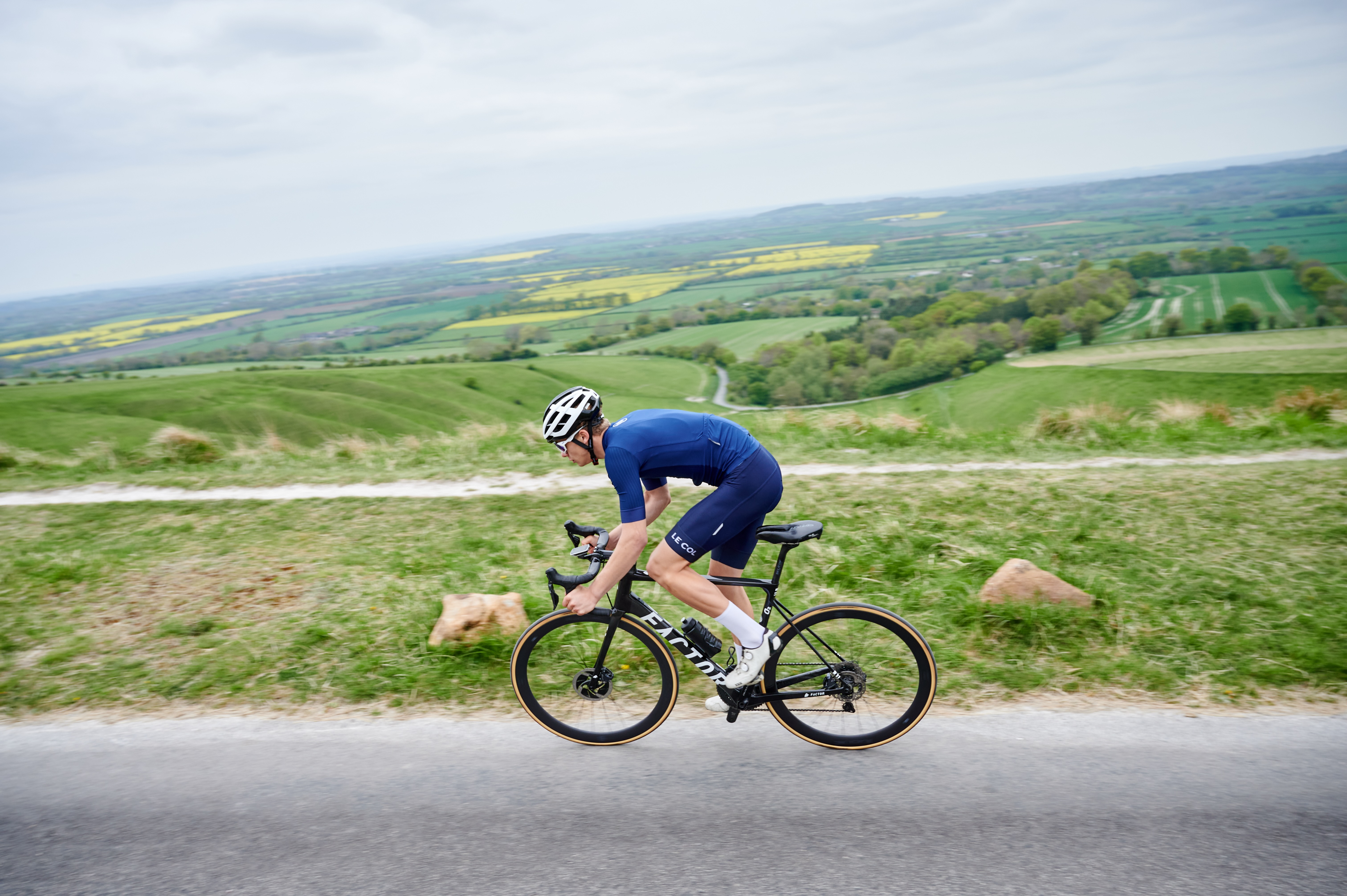
Pairing smart indoor trainers with training platforms like MyWhoosh has revolutionised how cyclists train, but that doesn’t mean riding on the open road has lost its edge.
Rather than pitting one against the other, smart riders now combine indoor control with outdoor variety to optimise performance, consistency, and enjoyment.
Whether you’re chasing race results, building endurance, or just trying to stay on track through winter, each setting offers unique benefits.
According to cycling coach Paul Mill of Elitecycling the keys are balance and flexibility. By structuring your week to include both targeted indoor sessions and skill-building outdoor rides, you can maximise gains while keeping motivation high and burnout at bay.
The perfect balance for peak performance
The debate around indoor versus outdoor cycling has evolved beyond ‘which is better, to how do I use both to get better?’. “The smartest riders strike a balance,” says Mill. “One that fits their goals, lifestyle, and environment.”
For committed cyclists fitting training around work, family, and social life, Mill recommends a flexible and realistic training structure every week.
- 2–3 indoor sessions: focused, high-intensity, and time-efficient
- 1–2 outdoor sessions: longer, lower-intensity, and skill-oriented
This split allows riders to hit their performance targets while making the most of their available time – and keeping motivation high through variety. “Flexibility really is the key,” says Mill. “You get the physiological quality indoors and the emotional and technical benefits outdoors.”
(Image credit: Future)
Indoor cycling’s superpowers
Indoor cycling workouts are great for structure and control. Sessions like high-intensity intervals – VO2 max or anaerobic efforts – benefit from the lack of interruptions. You can lock into exact wattages, hold precise cadence, and stick to recovery periods without worrying about traffic lights or terrain. Ideal indoor sessions include:
- VO2 max and anaerobic intervals: Riding indoors gives you maximum control and intensity
- Threshold workouts: It’s easier to hold consistent power targets for 10-60 minutes indoors
- Cadence drills: Isolating and monitoring your technique is simpler without distraction
- Structured intervals: Riding indoors helps you to be more precise with your work-rest ratios
- Race simulations: Taking part in an indoor event like those in the MyWhoosh Sunday Race Club provides you with a high intensity workout, indoor unpredictability, and race-readiness

(Image credit: Future)
Outdoor riding’s rewards
Outdoor riding is still essential – especially for building endurance and road skills. “There’s no substitute for the mental and physical variety that comes with real terrain, weather, and the dynamics of riding in a group,” insists Mill. Best outdoor sessions include:
- Endurance rides: Longer, steady rides that build aerobic capacity are – for many – easier to do IRL
- Group rides: You can, of course, ride in a huge group in an immersive indoor world but tactics, positioning, drafting and even etiquette are best learned on the opened road
- Technical skills: Cornering, descending, riding in crosswinds, avoiding potholes – you simply can’t get better at mastering these skills in front of a screen
- Hill reps: Real, highly variable, gradients challenge your technique and strength differently than simulated climbs
Outdoor hills are worth repeating
“Outdoor hills offer the best training for real-world climbing,” insists Mill. Riders engage more muscles, adapt to changing conditions, and refine technique – standing vs. seated, power delivery, and pacing.
“Outdoors is also better for neuromuscular coordination and handling torque,” Mill adds. “But indoors can work if you’re short on time, daylight, or local terrain.”
For indoor hill simulations, Mill recommends smart trainers paired with rocker plates and gradient simulators to replicate the feel of climbing. “Sure, the latest iteration of cycle training apps add visual immersion – but real-world rides still provide the most full-body engagement.”
The greater outdoors?
The psychological impact of training location can’t be ignored. Riding outdoors offers a powerful mental reset. The exposure to light, nature, and open space boosts mood, the exploration of new routes keeps cycling engaging while the real-world variables – other road users, potholes, force 9 gales and the like – develop mental adaptability and tactical thinking.
On the other hand, indoor training is more efficient in that there’s no faffing with kit, no dealing with traffic, no major mechanicals to stop you in your tracks. Indoor training is – usually – quite laser-focused. (As in the controlled environment helps you hit training targets). There are no issues around sticking to your plan even in the depths of winter either, and thanks to virtual races and group rides there’s no lack of motivation. “Mixing both avoids burnout,” says Mill. “You stay physically sharp and mentally fresh.”
Indoor reality checks
Modern indoor training platforms offer an impressively close simulation of outdoor cycling. Riders can race, climb, and train with precision. But there are still some limits.
That’s why Mill advises blending both styles. “Use indoor training for control and intensity, use outdoor riding to build technical skills, experience real-world conditions, and reconnect with why you ride in the first place.”
It’s not really a question of indoor versus outdoor these days. It’s how to use each to maximum effect. Structured intensity indoors, long steady work and skill-building outdoors, and a training plan that respects your time, weather, and mental energy. “Get the best of both worlds,” says Paul Mill. “The gains come when you combine the control of indoor with the adaptability of outdoor. That’s real training.”

